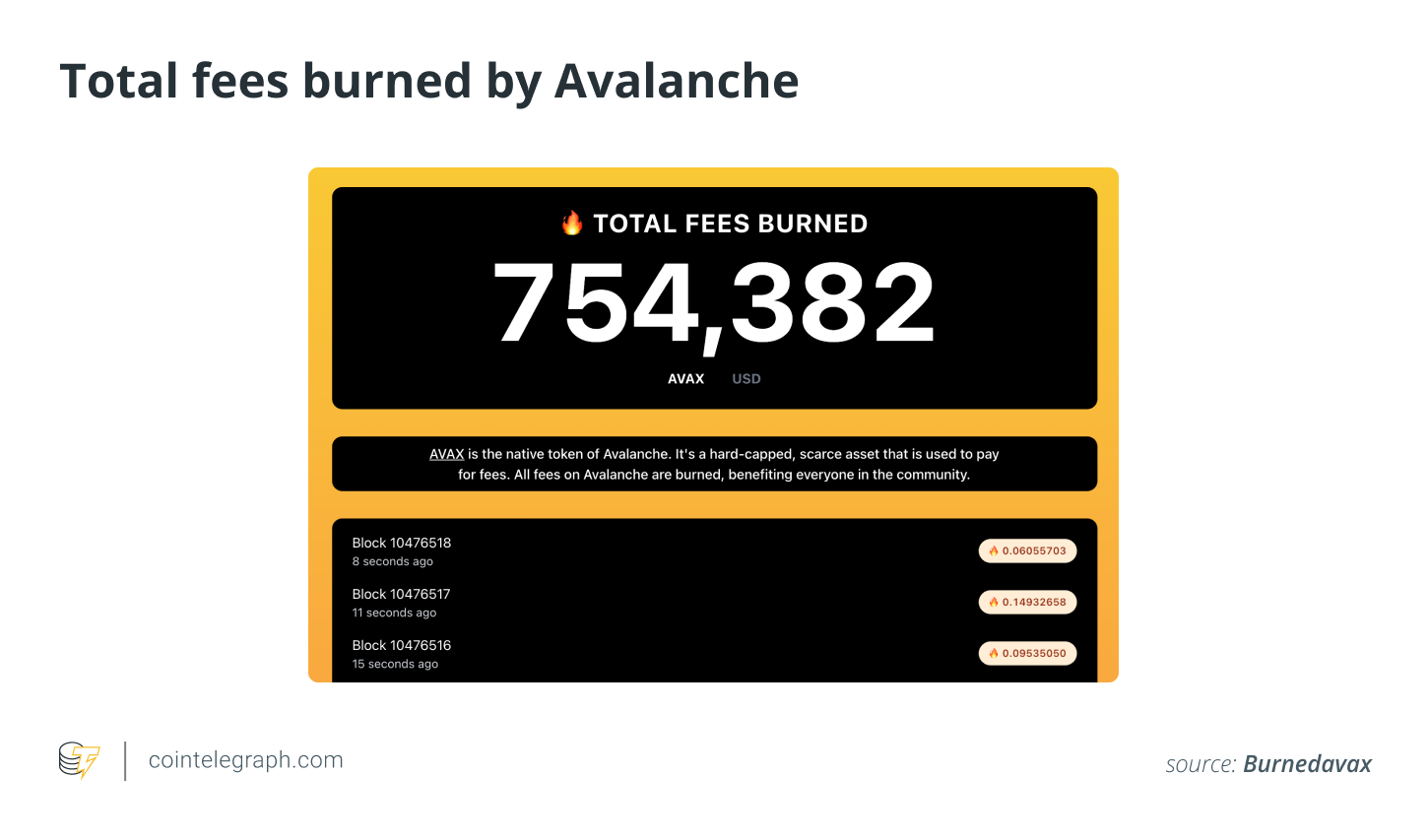What is Avalanche Network (AVAX) and how does it work?

What is Avalanche Network (AVAX)?
Launched in 2020 by Ava Labs, Avalanche is a blockchain platform that is smart contract-capable. Avalanche aims to deliver a scalable blockchain solution while maintaining decentralization and security, focusing on lower costs, fast transaction speeds, and eco-friendliness.
Avalanche quickly became popular in the cryptocurrency space, with Avalanche TVL currently worth $8.41 billion and still rising across Avalanche decentralized applications (DApps). Avalanche is powered by its native token Avalanche ( AVAX ) and multiple consensus mechanisms.
With Avalanche, users can create an unlimited number of customized and interoperable blockchains. To operate a blockchain on the Avalanche coin, AVAX, one must pay a subscription fee. What is Avalanche crypto used for?
The native token AVAX is a utility token. AVAX serves as the Avalanche ecosystem’s medium of exchange. In other words, the token is used as currency within the network, typically for fee collection in transactions, incentives and many other use cases.
It is also used for staking AVAX, which serves to secure the network. Stakers are then rewarded with more AVAX. Some users stake AVAX to earn passive income on the network. History of Avalanche
When the Bitcoin blockchain was launched in 2009, it paved the way for the design and invention of blockchains that came after it, including Ethereum. With today’s wide-scale use of nonfungible tokens (NFTs) and decentralized finance (DeFi) protocols, however, the technical limitations of the original blockchain design became more apparent.
Bitcoin’s proof-of-work (PoW) consensus, for example, inhibits decentralization to an extent due to its resource-intensive validation process. Transactions also tend to be slower. Most Ethereum apps today use layer-2 scaling solutions to address these issues. By using layer 2, transactions are taken away from the main chain. They are then rolled in neat “bundles,” which are sent back to the Ethereum chain, taking pressure […]
Click here to view original web page at cointelegraph.com
I am a robot. This article is curated from another source (e.g. videos, images, articles, etc.). For the complete article please use the link provided to visit the original source or author. Content from other websites behaves in the exact same way as if the visitor has visited the other website.
Warning: The views and opinions expressed are those of the authors and do not necessarily reflect the official policy or position of MichelPaquin.com.
